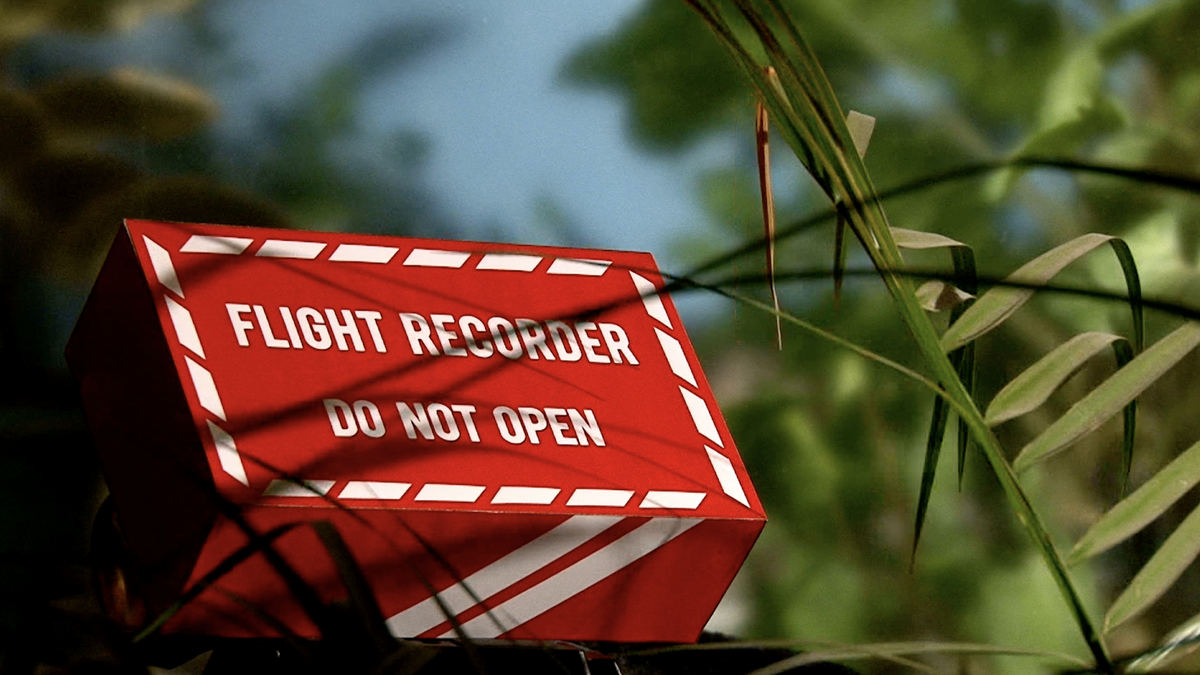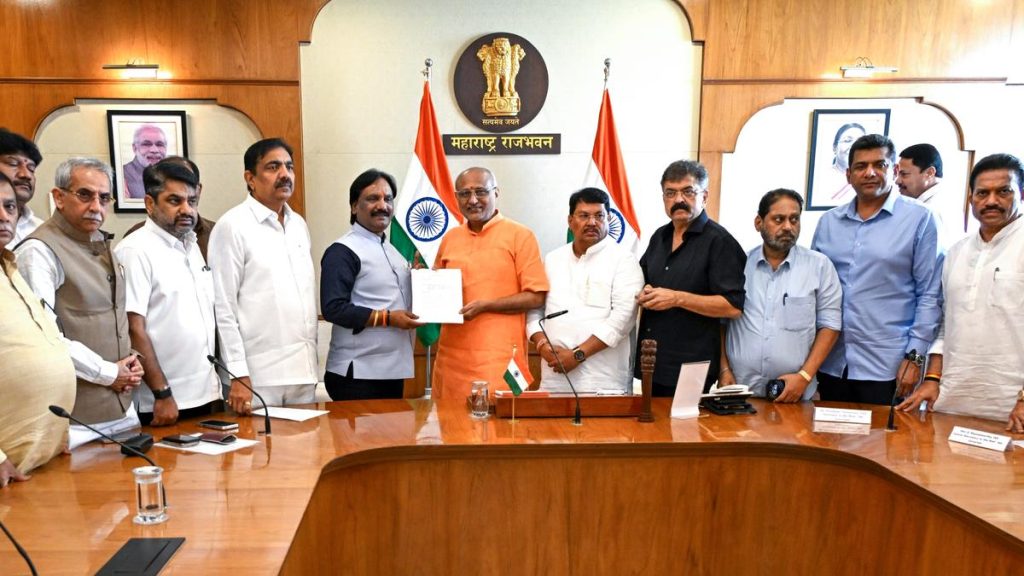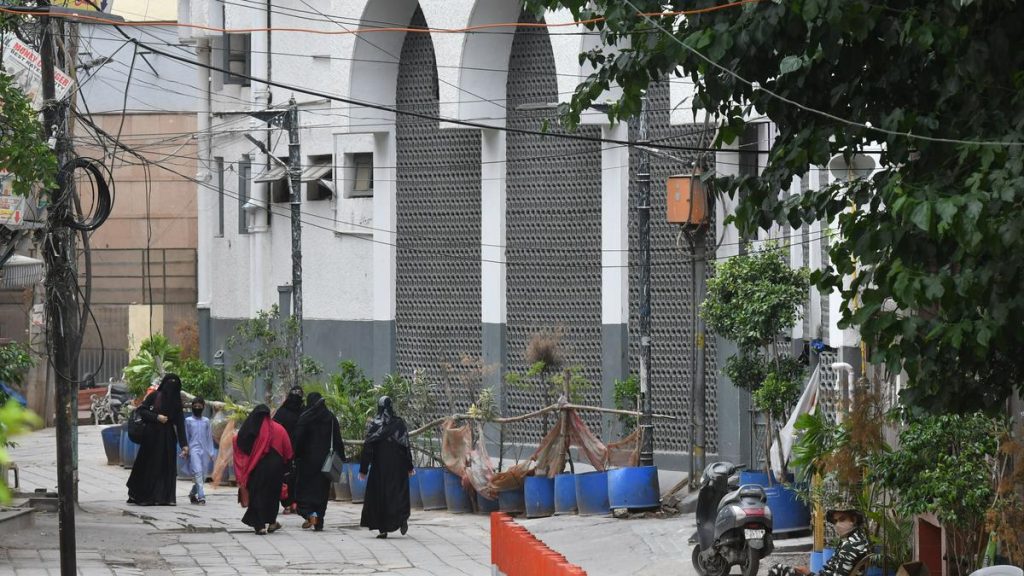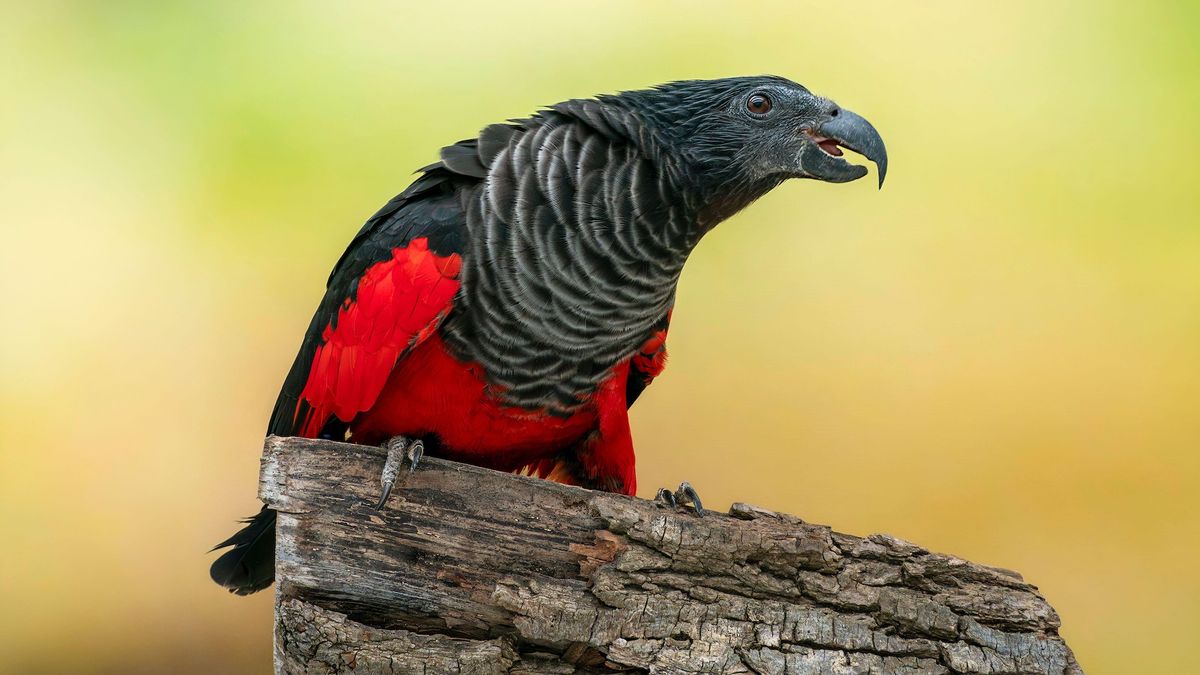Now Reading: Decoding Black Boxes: What Flight Recorders Reveal
-
01
Decoding Black Boxes: What Flight Recorders Reveal
Decoding Black Boxes: What Flight Recorders Reveal

Rapid summary
- Origin: The black box flight recorder was conceptualized in the 1950s by Australian scientist David Warren to aid aviation crash investigations.
- Functions: Black boxes consist of two components-a data recorder (flight parameters like altitude, speed) and a voice recorder (cockpit sounds such as communication and switch flicks).
- Design: Despite their nickname, they are orange for visibility during crash recovery. The casing is made of robust materials like titanium or stainless steel to survive extreme conditions.
- Placement: Data recorders are located at the tail (more survivable in crashes), while voice recorders are placed inside the cockpit.
- Capacity: Recorders retain flight data for 25 hours and store over 1,000 parameters, including smoke detection and autopilot engagement. cockpit recorders capture operational noises and pilot conversations.
- Usage in Investigations: Only official bodies like NTSB can access black box information post-crash; recovery frequently enough involves copying information from intact memory cards.
- Safety Applications: Airlines use flight data proactively for quality control through voluntary programs like FAA’s flight Operational Quality Assurance to monitor trends before incidents occur.
- Future Tech Challenges: Real-time transmission from black boxes is being explored but has yet to be widely implemented.
Indian Opinion Analysis
The invention of the “black box” significantly revolutionized air safety globally, offering a systematic mechanism for investigating accidents and enhancing operational practices. For India-a rapidly expanding aviation market with reports projecting passenger numbers to grow exponentially-proven technologies like black boxes underscore the importance of investing further in aerospace safety protocols.
India faces unique challenges linked to its diverse geography and aging aircraft fleets operating alongside modern carriers. Utilizing advanced tools such as real-time transmission solutions could provide critical support during emergencies involving remote or mountainous areas within India’s landscape. moreover, integrating insights from these systems into structured safety audits could foster better risk management across domestic airlines.
As discussions on implementing real-time technologies develop globally, there’s an opportunity for India not only to adopt such innovations but also contribute actively toward setting a regional benchmark in aviation safety standards.

























